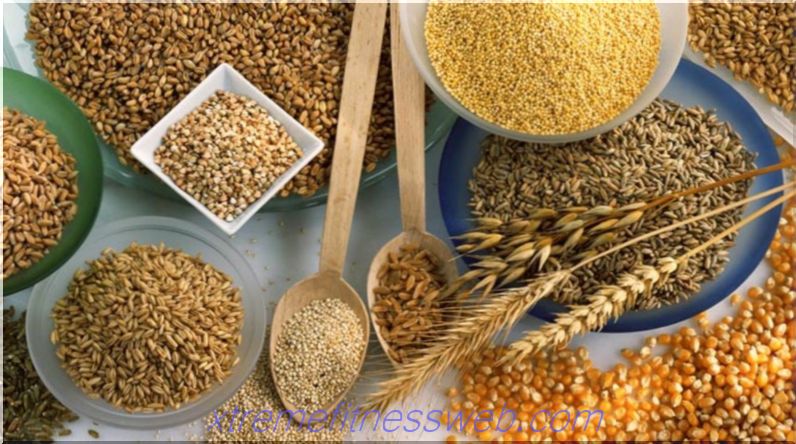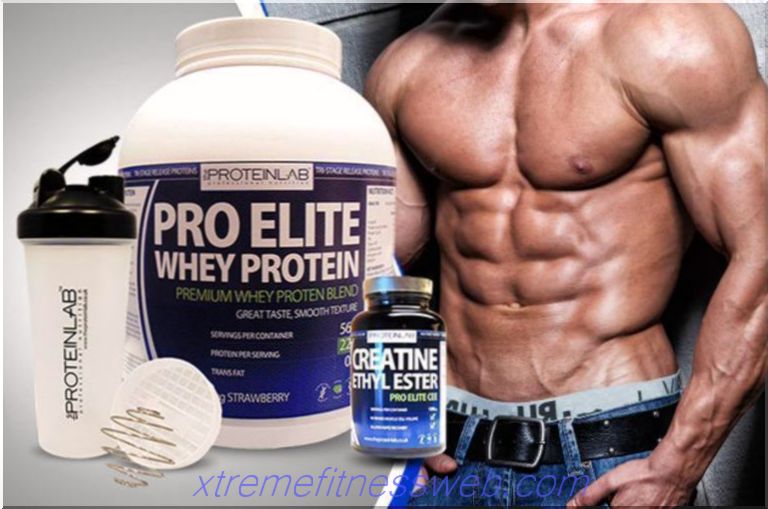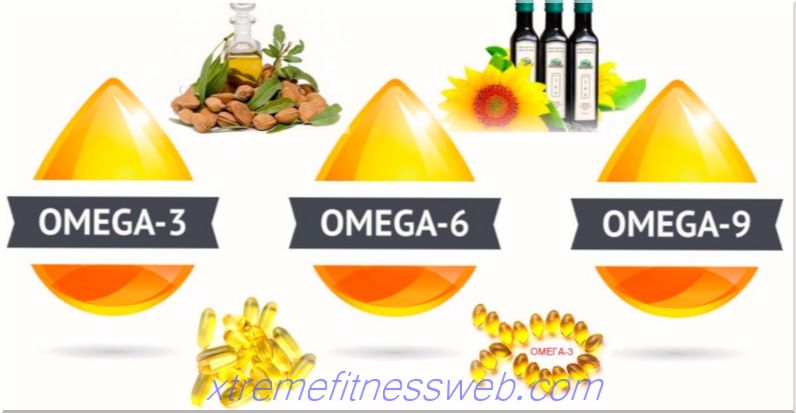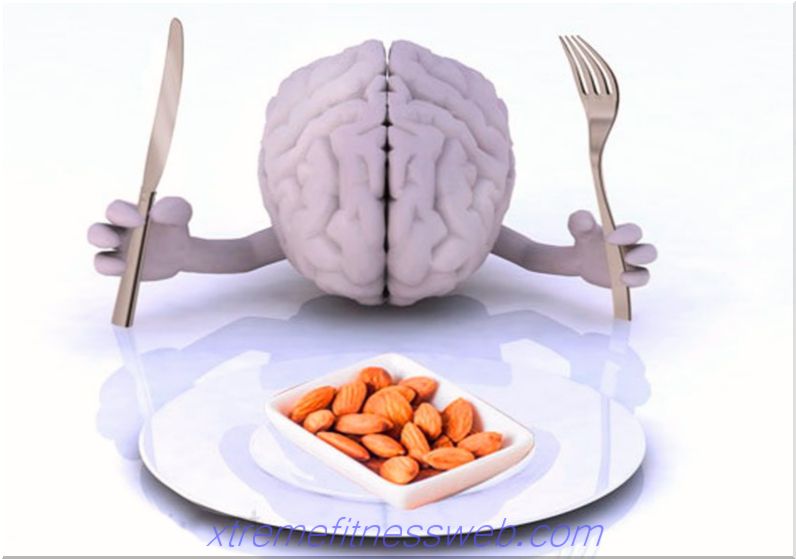- The benefits and importance of retinol
- Skin Health Value
- Daily Vitamin A Requirement
- Symptoms of Vitamin A Deficiency
- Vitamin A Content in Foods
- Vitamin A Content Table
- Vitamin A overdose
- Conclusion
- Video review

Retinol (Vitamin A ) supports the protective functions of the body, prolongs youth and beauty of the skin. Its deficiency leads to many health problems. This can be avoided by accurate knowledge of the daily intake of retinol, which foods contain it in the greatest quantities.
Content
- 1 The benefits and importance of retinol
- 2 Value to skin health
- 3 Daily Vitamin A Requirement
- 4 Symptoms of Vitamin A Deficiency
- 5 Vitamin A in foods
- 6 Table of Vitamin A in foods
- 7 Overdose of Vitamin A
- 8 Conclusion
- 9 Video Review
The benefits and importance of retinol
The role of vitamin A is to maintain proper metabolism and normal function of the immune system. This component in the form of retinol is found in the skin, hair, teeth, bones, muscles, regulates the process of tissue regeneration and growth.
It has the unique ability to limit the negative effects of free radicals on the body. Due to this property, this most important organic compound for humans resists the growth of cancerous (malignant) cells and significantly slows down the aging process. Retinol increases the effectiveness of other antioxidants, in particular vitamins of group E.
Skin Health Value
Skin tissues and mucous membranes need vitamin A not only as an element that supports their functionality, but also as a substance that helps restore the epidermis and mucosa after receiving various kinds of damage. This is due to the fact that this compound improves the production of collagen, which is a building material for connective tissues in the human body.
Cosmetics that are anti-aging and designed to treat skin problems usually have retinoids in their composition - a synthetic analogue of vitamin A. These are not only creams and lotions, but also pharmaceutical preparations for stretch marks and rashes.
Daily Vitamin A Requirement
Due to age and gender. A child needs about 300-400, a teenager - 600, an adult woman - 700, a man - 900 mcg. Pregnant and lactating women need much more retinol.
Vitamin A accumulates in body tissues and its excessive intake along with food is fraught with poisoning. The safe upper limit of the daily allowance for children is 900 mcg, for adults - 3000 mcg. It is allowed to consume no more than 9000 mcg at a time. A higher dosage is fraught with poisoning.

Symptoms of Vitamin A Deficiency
The diet of a typical city dweller is cutlets, sausages and other semi-finished meat products, white rice, pasta, bread, buckwheat and other cereals. Such nutrition does not allow to receive vitamin A in the required amount, which leads to its lack. Fattening foods exacerbates the situation.
The constant lack of retinol negatively affects the protective functions of the body. Reduced immunity leads to the fact that a person is more often ill with a cold, infectious diseases, and loses visual acuity. The latter is especially true in the dark. The nail plate and hair become brittle, and the skin becomes excessively dry. The lack of this important organic compound is indicated by the appearance of dandruff.
Vitamin A Content in Foods
Vitamin A is found in several variations. They have a different chemical structure and are absorbed in the body in different percentages. The true provitamin A contains the following products: eggs, butter, whole milk, fat cottage cheese, cheese, fish liver, caviar.
Fruits and vegetables contain beta-carotene. During digestion, it turns into vitamin A, which is absorbed much worse than animal-derived retinol. One microgram of beta-carotene contained in a carrot or pumpkin can be 1/12 or even 1/24 microgram of retinol, which is present in the liver of marine fish.
In order to prevent deficiency or overdose of retinol, you need to know its content in various product groups.
Vitamin A Content Table
| Product | Vitamin A content per 100 g | Daily Value Coverage |
|---|---|---|
| Cod liver oil | 30, 000 mcg | 3333% |
| Liver (Turkey) | 8000 mcg | 895% |
| Liver (beef, pork, fish) | 6500 mcg | 720% |
| Liver (chicken) | 3300 mcg | 370% |
| Sweet red pepper | 2100 mcg | 230% |
| Sweet Potato - Sweet Potato | 1000 mcg | 110% |
| Carrot | 830 mcg | 93% |
| Broccoli | 800 mcg | 90% |
| Butter | 680 mcg | 75% |
| Green salad | 550 mcg | 63% |
| Spinach | 470 mcg | 52% |
| Pumpkin | 430 mcg | 43% |
| Cheese (Cheder) | 265 mcg | thirty% |
| Melon | 170 mcg | twenty% |
| Eggs (Chicken) | 140 mcg | sixteen% |
| Apricot | 100 mcg | sixteen% |
| Tomatoes | 40 mcg | 5% |
| Peas | 38 mcg | 4% |
| Milk (regular) | 30 mcg | 3% |
| Green pepper | 18 mcg | 2% |
The most affordable and richest vitamin A product is carrot. The beta-carotene present in this vegetable gives it a characteristic reddish tint. To fully ensure the daily need for retinol, both an adult and a child need to eat two medium carrots daily.
Vitamin A overdose
Retinol intoxication with the use of plant products is unlikely. The amount of vitamin A in the above table is indicated in its pure form, that is, the data does not need to be divided by “12” or “24”, since in the end the percentage assimilation will be slightly lower.
The real danger is the combination of diet food with vitamin-rich foods and retinol capsules. The situation is further aggravated by the fact that the symptoms of hypervitaminosis with retinol, without consulting a specialist, can be mistaken for vitamin deficiency (lack) of vitamin A.
Conclusion
Vitamin A is an essential element for maintaining the health of various body tissues at the cellular level and the immune system. Most of it is found in the liver of animals, carrots, sweet potato and sweet red pepper, many green plants.
Video review







